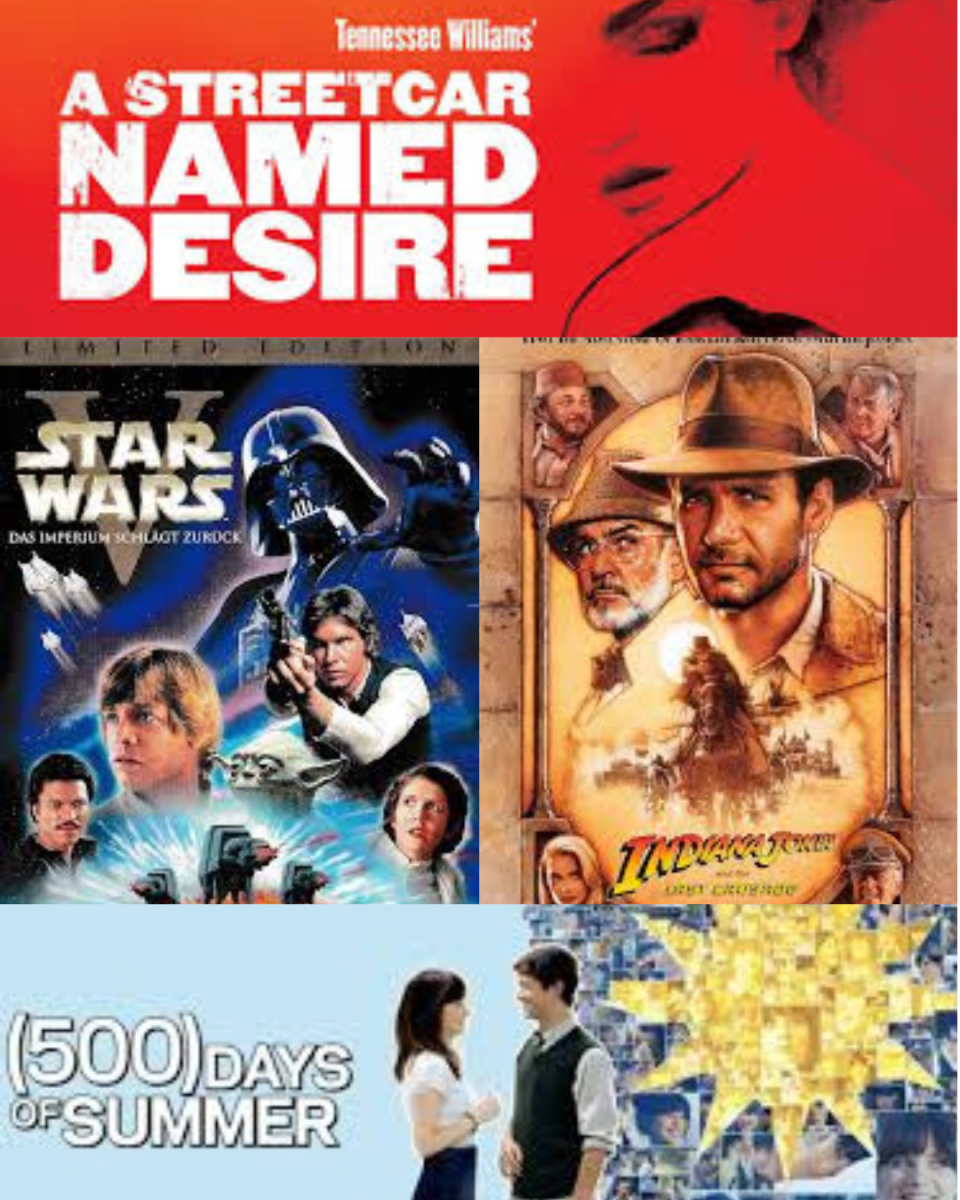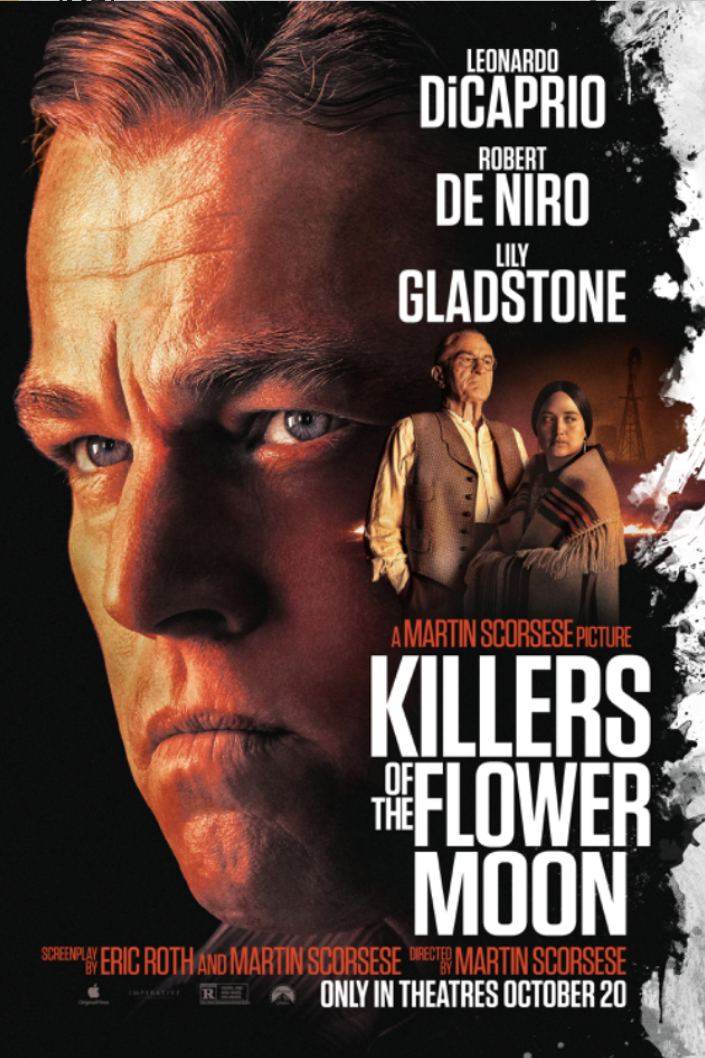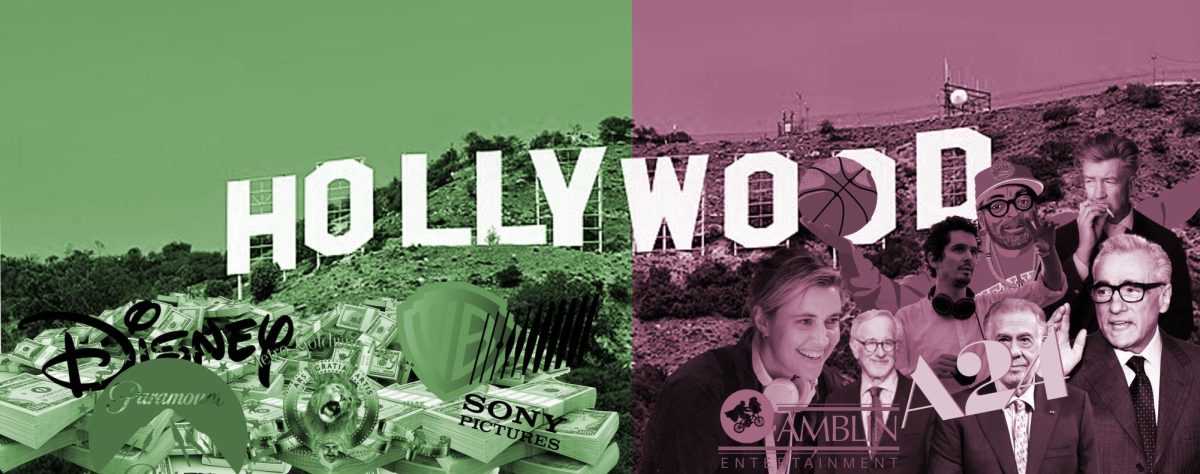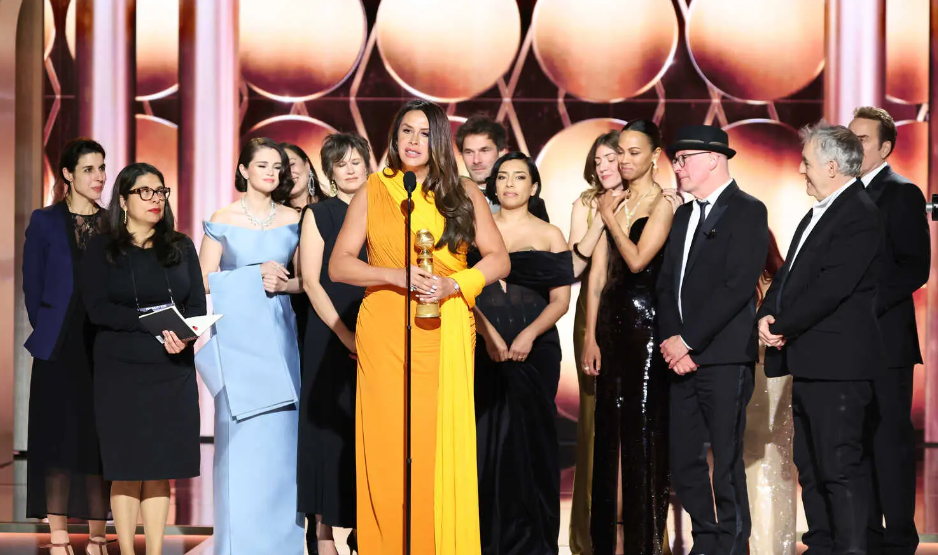
Over the last decade, dystopian fiction has taken over the young adult genre. However, none have even come close to being as successful as Suzanne Collin’s The Hunger Games series. The trilogy quickly gained worldwide popularity since the first book’s publication in 2008, and the 2012 film adaptation only heightened the craze. The trilogy tells the story of Katniss Everdeen (Jennifer Lawrence), a girl living in post-apocalyptic America (now called Panem) in a society controlled by the Capitol. By not only surviving but also outsmarting the 74th Hunger Games along with fellow District 12 tribute Peeta Mellark (Josh Hutcherson), Katniss unintentionally sparked a growing uprising against the totalitarian Capitol.
Catching Fire kicks off soon after its predecessor ended, with Katniss and Peeta about to embark on a victory tour throughout the districts. Before they leave, chillingly calm President Snow (Donald Sutherland) warns her that if she does not convince Panem that she is not a symbol of revolution, she and her loved ones will be killed. In addition to enforcing public floggings and executions, Snow further proves his control by announcing the third Quarter Quell, a special Hunger Games that occurs every 25 years with a particularly deadly catch. Instead of the random pool of children ages 12-18 from each district, the 75th Games will be made up of past victors from each district who are brought back to fight again.
While The Hunger Games focused more on the horrors of children killing children, Catching Fire steps away from the Games a little more in order to introduce its larger messages. Instead, Catching Fire is largely a story of rebellion, with the Games acting as an outlet in order to further prove the need for an uprising in a totalitarian society.
The powerhouse supporting cast is even stronger than before, with notable performances by Elizabeth Banks as Capitol chaperone Effie (who brilliantly realized the horrors of the games when she told Katniss and Peeta before they left that they deserved better) and Sam Claflin as the charismatic tribute Finnick Odair (whose charming exterior is slowly worn away to reveal a decidedly more sympathetic character). And although the story focuses on Katniss and Peeta, the supporting cast is what brings Catching Fire to life, with a returning cast of Stanley Tucci, Lenny Kravitz, and Woody Harrelson (as well as franchise newcomers Philip Seymour Hoffman and Jena Malone) all giving extremely strong performances across the board.
The story’s inevitable love triangle is thankfully downplayed, with the focus on revolution and corruption rather than who Katniss should choose as her love interest. The decision to not go the Twilight route in terms of a love story goes to show the scope of the film, as Katniss certainly has more to worry about than which boy she wants to date. That being said, the boys do play an important part in Katniss’ story, and have more to their characterizations than acting as potential love interests. On one side is Josh Hutcherson as Peeta, and his tenderness and charisma makes him one of the most likable characters in the film. However, Liam Hemsworth as Gale (a brooding but interesting character in the books) is dull, quiet, and bland. In a scene where Gale is whipped by a Capitol Peacemaker, Katniss is visibly upset, but it is hard to feel compassion for such a one dimensional character on screen.
But as to be expected, the film’s true star is the unstoppable Jennifer Lawrence. Coming back from an Oscar win for Silver Linings Playbook, her fierce yet vulnerable performance carries the entire film. She balances Katniss’ anger, frustration, and sullenness while still remaining truly likeable, a feat many young actors and actresses fail to achieve. Katniss is becoming the voice of a generation, in both her fictional world and real life, and it’s a refreshing change to have a such a powerful female star dominate pop culture. Even more admirable is Katniss’ characterization of a girl who is both strong and weak, closed off and affectionate, brilliant and stupid. Katniss is not a glaringly masculine character, which goes to show that women do not have to act like men in order to be powerful. She is one of the most human heroes or heroines in recent history, and the depth of Lawrence’s performance is almost unheard of in a franchise.
It is not often that the sequel is better than the original, but Catching Fire is better than its predecessor from every angle. Gone is the headache-inducing shaky cam and stumbling pacing of the first film, and in its place is a sleek, streamlined force that commands undivided attention despite its lengthy 146 minute duration. Not only is Catching Fire a diamond in the rough in terms of book-to-movie adaptations, it is also a powerful and necessary commentary on a society not so different from the world today. In a culture dominated by violence and glamour, Catching Fire forces viewers to look in the mirror, and that is perhaps its most important feat.







